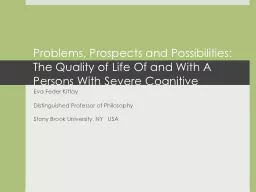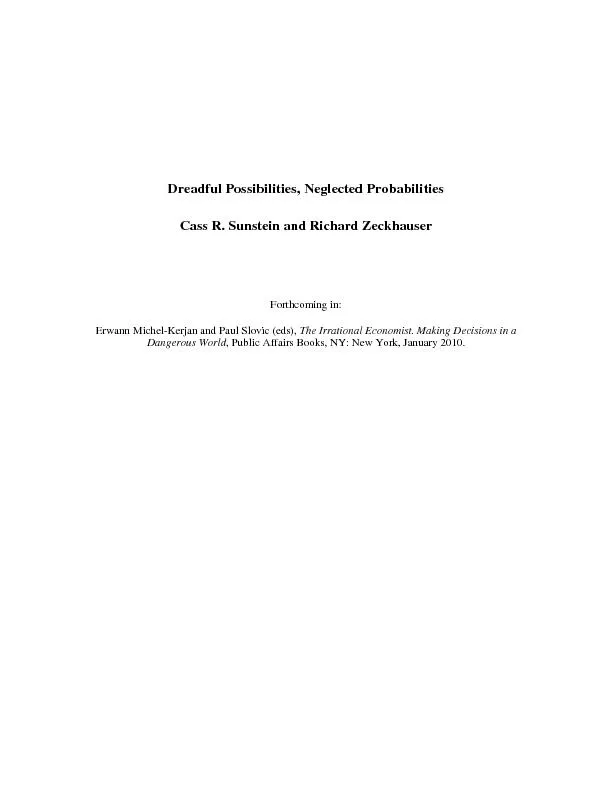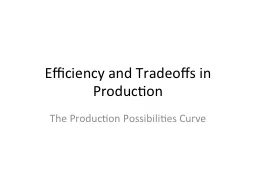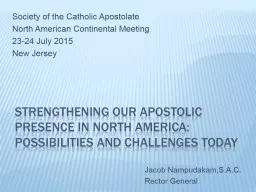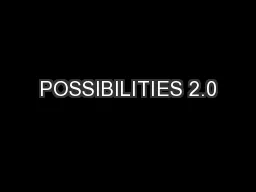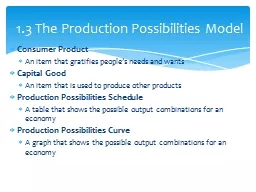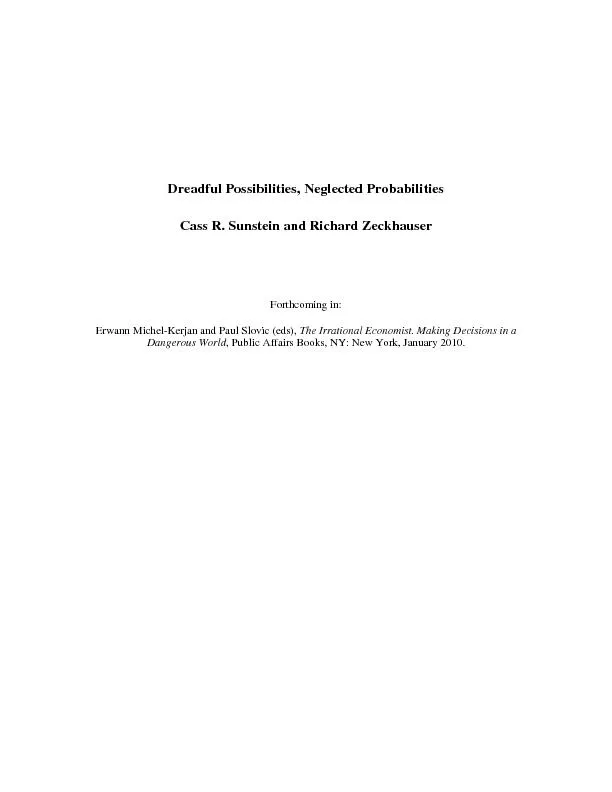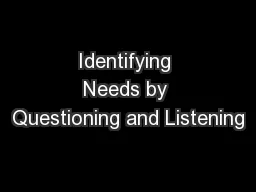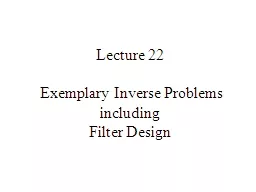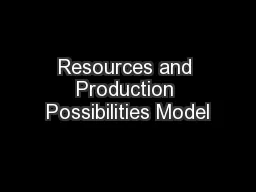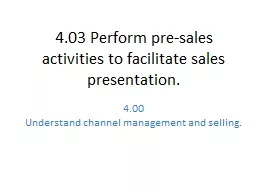PPT-Problems, Prospects and Possibilities: The Quality of Life
Author : pamella-moone | Published Date : 2016-08-03
Eva Feder Kittay Distinguished Professor of Philosophy Stony Brook University NY USA Quality of Life Quantity of Skills Sesha David Hinsberg DO BE DO Why I
Presentation Embed Code
Download Presentation
Download Presentation The PPT/PDF document "Problems, Prospects and Possibilities: T..." is the property of its rightful owner. Permission is granted to download and print the materials on this website for personal, non-commercial use only, and to display it on your personal computer provided you do not modify the materials and that you retain all copyright notices contained in the materials. By downloading content from our website, you accept the terms of this agreement.
Problems, Prospects and Possibilities: The Quality of Life: Transcript
Download Rules Of Document
"Problems, Prospects and Possibilities: The Quality of Life"The content belongs to its owner. You may download and print it for personal use, without modification, and keep all copyright notices. By downloading, you agree to these terms.
Related Documents

